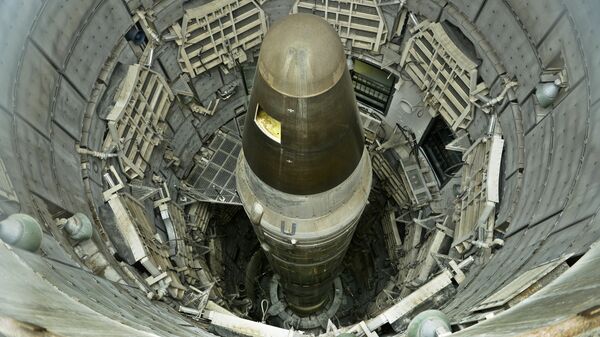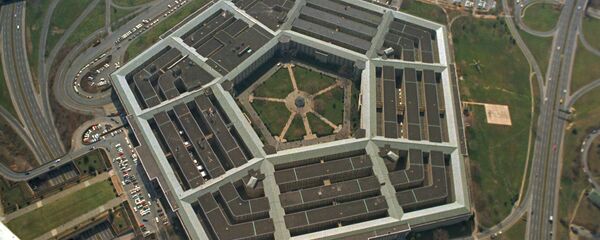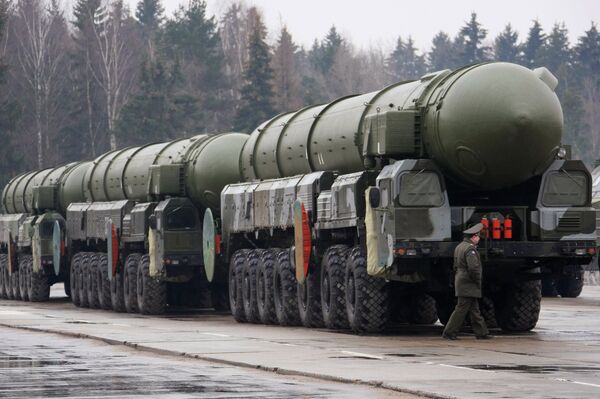On first glance, there doesn't seem to be anything really extraordinary about the new doctrine, Ishchenko writes. "The US states that Russia is increasing the capabilities of its conventional forces, and simultaneously modernizing its nuclear weapons. The same thing is happening in the case of China. As both countries were recently named among the key threats to the American world order in the new National Security Strategy, released just a few months ago…it's natural for Washington to want to react to Moscow and Beijing's growing military and economic power, and the international standing that comes with it."
Among the Nuclear Posture Review's proposals is the idea of granting nuclear authorization to frontline commanders. The US toyed with a similar idea in the 1960s, the journalist recalled. "But at that time, frightened of the possibility of an uncontrolled, spontaneous nuclear conflict breaking out, Washington decided to come to an agreement with Moscow to take tactical nuclear munitions out of the army's hands."
Fast forward fifty years, and the Pentagon is once against discussing the transfer of tactical nukes to the troops. And this seems logical, at least theoretically, according to Ishchenko. "Tactical nukes have a low yield, a relatively short-range delivery system (30-300 km), and only the commander on the battlefield can really take an adequate decision on the need for their use."
It's also logical, from US military planners' perspective, to place these weapons in Europe, where they can actually target the Russian opponent. Placing them anywhere else would essentially be pointless. Besides, under Washington's direction, NATO has already committed significant new resources to building up their conventional strength near Russia's borders in Poland, the Baltic countries, and Romania over the last four years via thousands of troops, elements of US missile defense, intensified air and naval patrols, etc.
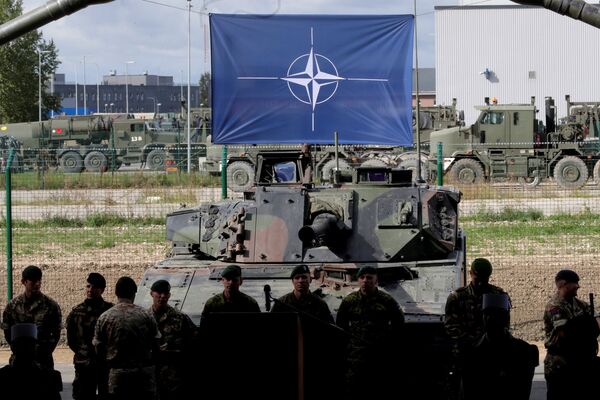
Loose Cannon May Trigger Nuclear War
The problem, according to Ishchenko, is what happens when military theory meets military practice. Specifically, if the Nuclear Posture Review's other proposal – the possibility of a US nuclear response to a non-nuclear attack, is adopted, this will put Europe in danger of a full-scale nuclear exchange over a trivial provocation by one of NATO's easternmost allies.
"In other words, if some 'Estonian loose cannon', or Ukrainian neo-Nazi militia member decides, for some unknown reason, to open fire on Russian border guards, and the Russian side's return fire is perceived as a threat by an American instructor, of whom there are plenty in the Baltics and especially in Ukraine, the US, according to its new doctrine, is justified in launching a nuclear response," the journalist warned.
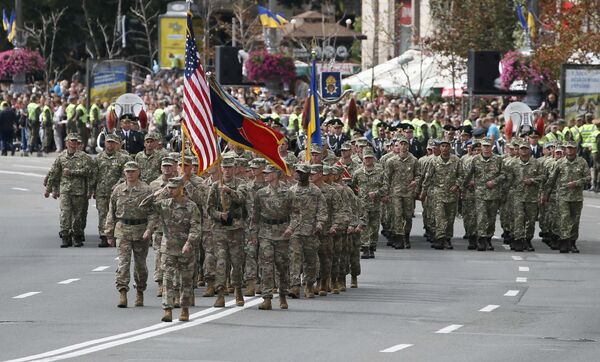
First Use Policy Is Sign of Weakness, Not Strength
Most importantly, according to Ishchenko, there is the fact that traditionally, nuclear powers declare their readiness to respond to non-nuclear aggression with nuclear weapons only "when their conventional armed forces are in decline (or significantly inferior to the forces of their potential opponents), and nuclear weapons become the only thing left to rectify the dire strategic situation."
In 1993, the observer recalled, Russia, facing a steep decline of its military power, the breakdown of its military-industrial complex, internal instability and the collapse of its economy, demonstratively rejected the Soviet-era no first use nuclear policy. The military doctrine adopted in the year 2000 also implied the possibility of using nuclear weapons in the event that Russia's conventional forces were to face defeat. By 2010, Russia was sufficiently strengthened militarily to modify its nuclear use doctrine, which now states that the country may use nuclear weapons if it faces the destruction of Russian statehood, or if it or its allies have been attacked using nuclear or other types of weapons of mass destruction. The latest doctrine, adopted in 2014, saw no changes to that policy.
The US, on the other hand, "never made a commitment not to use nuclear weapons first," Ishchenko stressed. "On the contrary, in recent years, the Pentagon has been working on a doctrine of a preemptive first strike using both conventional high-precision weaponry and nuclear weapons," known in military nomenclature as Prompt Global Strike.
Add to this the strategy outlined in the new Nuclear Posture Review, and the Pentagon "is not just further emphasizing its readiness to use nuclear weapons at any moment, but factually saying that it reserves the right to use nukes (even if only tactical ones) for any reason," the observer warned.
In this scenario, "European leaders are perfectly aware that if the American president loses his monopoly on the authorization to use nuclear weapons (something for which the Pentagon is now pushing), there will be no shortage of those who actually wanting to push the button," and not only among the US's military leaders. "Politicians such as Hillary Clinton, who almost became President of the United States, have long demonstrated their willingness to do anything for the sake of the illusory chance of restoring American hegemony," the journalist recalled.
Accordingly, in Ishchenko's view, the US's leadership "now resembles something like a suicide bomber, ready, for some abstract idea…to kill himself and as many innocent bystanders as possible. Except the US isn't armed with just a suicide belt, but is sitting on the world's largest nuclear arsenal," the journalist concluded.
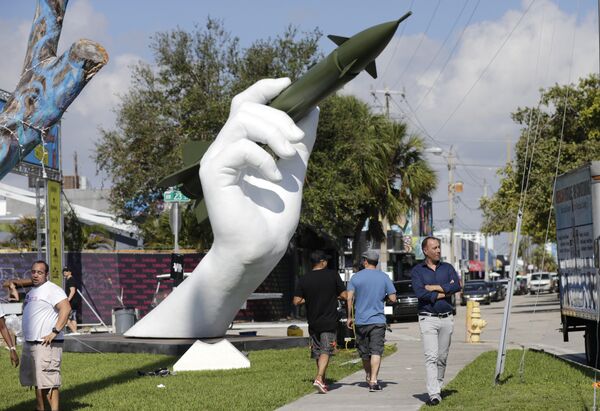
The views and opinions expressed by Rostislav Ishchenko are those of the observer, and do not necessarily reflect those of Sputnik.
